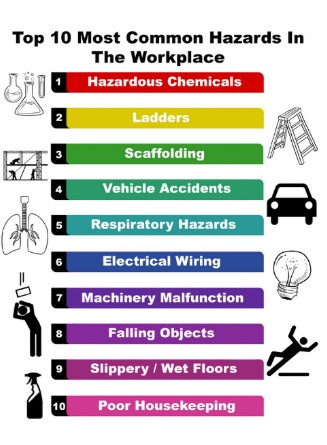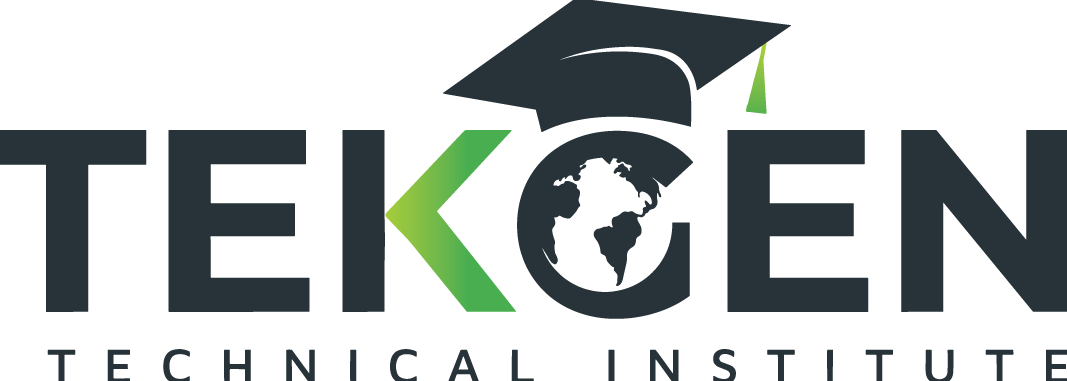Building an ISO 45001-Compliant HSE Management System
Why Your Workplace Needs a Formal HSE System
An effective Health, Safety, and Environment (HSE) management system, particularly one that aligns with ISO 45001, offers a structured approach to managing workplace safety and environmental risks. This system not only aims to minimize hazards but also ensures legal and regulatory compliance, enhances operational efficiency, and fosters a culture of continuous improvement.
Having a formalized HSE system is not just about compliance—it demonstrates an organization’s commitment to employee well-being, proactive risk management, and ethical business practices. When organizations prioritize safety, it builds employee trust, improves morale, and increases customer confidence, ultimately positioning the company as a responsible and reliable entity.
Core Steps to Design & Implement Your HSE System
A successful HSE system requires planning, implementation, and continuous improvement. Below are the key steps for creating and maintaining a formal HSE system:
1. Conduct a Safety Audit
Start with a comprehensive safety audit to identify existing hazards, unsafe practices, and any gaps in compliance with legal and regulatory standards. This audit serves as the foundation of the risk assessment process.
Key actions during this step:
Review past accident reports and injury data.
Inspect physical work environments for hazards (e.g., machinery, chemicals, ergonomics).
Evaluate employee feedback on potential safety risks and concerns.
Assess current safety procedures and compliance with local and international standards.
Outcome: The audit will provide a clear picture of the organization’s current safety status and will help in prioritizing the actions needed to address the risks.
2. Develop a Management Policy
Once the risks are assessed, the next step is to create a clear HSE policy aligned with ISO 45001. This policy should outline the company’s commitment to safety and sustainability, detailing:
Roles and responsibilities for management, supervisors, and employees.
Communication channels for reporting and addressing safety issues.
Emergency procedures for various workplace risks (e.g., chemical spills, fire).
Commitment to continuous improvement and regular audits to refine policies and practices.
Outcome: A well-documented and actionable HSE policy ensures that everyone in the organization understands their responsibilities and the company’s safety priorities.
3. Train and Educate Employees
Training and education are critical for engaging employees and ensuring they are prepared to identify and mitigate risks.
Key training elements should include:
Hazard recognition and risk assessment.
Correct use of Personal Protective Equipment (PPE).
Emergency response protocols, including first-aid and evacuation procedures.
Safe work procedures to prevent accidents and injuries.
Outcome: Well-trained employees who understand safety procedures and actively contribute to a safer work environment. Regular refresher courses should be provided to keep safety knowledge current and top-of-mind.
4. Track KPIs and Indicators
To ensure that the HSE system is working effectively, track both leading indicators (proactive measures) and lagging indicators (historical data on incidents).
Leading indicators: These help to predict potential issues before they lead to accidents. Examples include:
Number of safety observations.
Near-miss reports.
Safety inspections completed.
Safety training completion rates.
Lagging indicators: These measure outcomes after incidents have occurred. Examples include:
Total Recordable Incident Rate (TRIR).
Lost-time injuries.
Number of injuries and severity of injuries.
Outcome: These indicators allow organizations to track safety performance over time, identify areas for improvement, and adjust safety programs as needed.
5. Review and Improve Regularly
Implement a structured review cycle to audit performance regularly and make adjustments to improve the HSE system.
Key actions during this step:
Conduct internal audits to ensure adherence to HSE policies.
Perform management reviews to evaluate system performance against set goals.
Adjust the system based on audit findings, employee feedback, and incident reports.
Outcome: Continuous improvement through regular audits and reviews ensures that safety measures evolve alongside operational changes and emerging risks.
Key Benefits You Can Expect
An integrated HSE system brings numerous advantages that positively impact both the workplace and the organization as a whole. Below are some of the key benefits you can expect from implementing a formal HSE system:
1. Regulatory Compliance
A robust HSE system ensures compliance with local and international safety standards, helping businesses avoid penalties and fines related to non-compliance.
It also demonstrates your organization’s commitment to following best practices, which can be beneficial when dealing with regulatory bodies.
2. Fewer Incidents
By actively addressing risks through a structured safety system, organizations experience fewer injuries, illnesses, and production delays.
Proactive safety measures, such as risk assessments and regular training, reduce the likelihood of workplace accidents.
3. Improved Employee Morale
Employees feel safer and more valued when their well-being is prioritized, leading to higher morale and increased engagement.
A safe and healthy work environment directly contributes to greater job satisfaction and retention rates.
4. Better Reputation
Organizations with a strong safety culture are viewed more favorably by clients, stakeholders, and potential employees.
ISO certification in safety and environmental management boosts the organization’s credibility, demonstrating its commitment to health, safety, and sustainability.
5. Operational Efficiency
By reducing accidents and health-related issues, businesses experience fewer disruptions and downtime.
A streamlined approach to safety improves processes, reduces waste, and enhances overall productivity.
Conclusion
A formal HSE system aligned with ISO 45001 is essential for any organization that aims to provide a safe, compliant, and productive work environment. By following the core steps—conducting a safety audit, developing policies, training employees, tracking performance indicators, and ensuring continuous improvement—businesses can significantly reduce workplace hazards and improve employee well-being.
The key benefits of a formal HSE system are clear: improved regulatory compliance, fewer incidents, higher employee morale, a stronger reputation, and greater operational efficiency. Investing in an integrated HSE system not only protects workers but also drives long-term business success by creating a safer, healthier, and more sustainable workplace.


